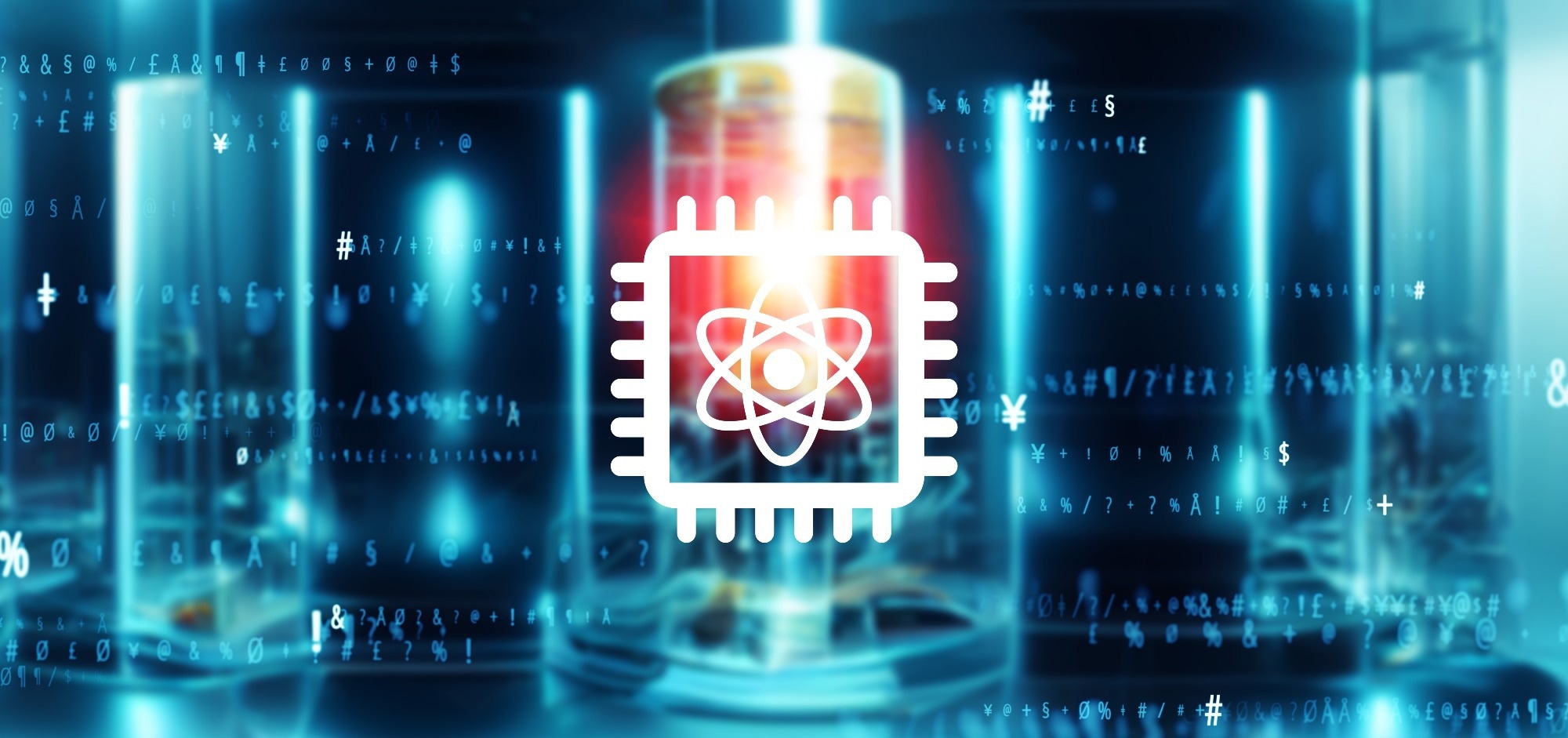High-temperature superconductor (HTSC) materials possess several competitive advantages over conventional alternatives, such as higher power density, compact size, lighter weight, increased efficiency, greater current carrying capacity, and lower losses.
However, the commercialization of SC devices has been limited to nuclear magnetic resonance and magnetic resonance imaging technologies due to multiple technical challenges, such as low manufacturing and technology readiness levels and high levelized energy costs. Technological developments in superconducting technologies can facilitate innovations in onshore and offshore wind power generation, hydrogen and electric-powered transportation, aerospace applications, and fusion energy.
 Study: Powering Superconductivity with AI: Unlocking Potential and Overcoming Challenges. Image Credit: metamorworks /Shutterstock
Study: Powering Superconductivity with AI: Unlocking Potential and Overcoming Challenges. Image Credit: metamorworks /Shutterstock
In recent decades, AI methods, including deep learning (DL), reinforcement learning (RL), big data (BD) techniques, and machine learning (ML), have gained significant attention as highly effective tools for resolving challenges in several industries.
AI techniques possess multiple advantages, including real-time implementation and application, identification of hidden patterns, lesser false outcomes, higher convergence chances, faster response times, and consideration of interdependencies among inputs.
Thus, AI techniques can be employed for the maintenance, operation, condition monitoring, manufacturing, and designing of superconducting devices. These techniques can also be used in various stages of SC wire/tape production.
Application of AI techniques in the field of superconductivity
In this paper, the authors reviewed the use of BD, DL, ML, and AI to resolve the existing challenges hindering the commercialization of superconducting systems/devices. They also examined the use of these methods for advancements in condition monitoring, fault detection, operation, and design of superconducting technology.
Condition monitoring
SC devices such as cables, fault current limiters, and transformers possess technical superiority over conventional devices, specifically in design aspects. However, full commercialization of SC power devices can only be realized when they can deliver a comparable performance as conventional alternatives during operation.
Thus, specific techniques for condition monitoring must be developed shortly to ensure high reliability and safe operation of SC devices. A real safety measure is necessary against magnetic quenches that release a significant amount of energy when they occur without adequate protection.
AI techniques can be used to develop intelligent techniques for reliable and fast condition monitoring of SC devices. For instance, an AI-based model has been developed to eliminate errors during the automatic winding of spiral HTSC cables and monitor their winding quality.
Design
AI techniques can provide optimal design solutions for different SC devices, including electric machines, flux pumps, and magnets. AI can implement optimization techniques to a set of design or sizing equations to form a multi- or single-objective cost function, which can be solved using various optimizer algorithms.
Additionally, several optimization methods can be applied to surrogate models created using AI to identify optimal solutions. For instance, AI methods, such as swarm-based optimization methods and artificial neural networks (ANNs), can be used to identify the optimal design configurations of critical components of demonstration power plants (DEMOs), such as the toroidal field coils winding pack, more efficiently and quickly compared to the sequential trial and error process.
Modeling
AI techniques can be employed for intelligent modeling of SCs and superconducting systems. Currently, finite element (FE) techniques, equivalent circuit-based models, and analytical models are the critical modeling techniques used extensively in superconductivity.
However, these methods are computationally expensive and cannot be applied in real time. AI methods can provide similar accuracy as conventional methods with significantly faster computation speed and lower computational burden. Moreover, AI is the only alternative for several problems with geometrical complexity, real-time application, and unknown materials.
For instance, a guiding force that possesses robust non-linearity is a critical index to ensure the lateral self-stability of HTSC maglev and is determined based on several interdependent parameters. AI methods can be employed to more accurately predict the guiding force in real time with the less computational burden compared to conventional polynomial fitting and finite element methods.
Specifically, AI-based DL algorithms can effectively provide highly accurate HTS maglev guiding force predictions considering magnetic flux density in real time, liquid nitrogen temperature, motion direction of the bulk, and field cooling height.
Estimation
Data-driven models can estimate, monitor, and predict the multi-variable and highly nonlinear behavior of superconducting devices and HTSC materials to analyze their characteristics in real time with extremely high accuracy compared to conventional numerical approaches. This function is a regression or estimation task for AI techniques.
For instance, the ANN model can accurately predict the n-value surfaces and critical current of HTSC materials. Thus, the method can be employed to analyze and optimize superconducting-relating equipment as a plug-and-play code in the modeling stage.
To summarize, AI techniques can play a critical role in addressing the challenges of superconducting devices/systems and facilitating the full commercialization of superconducting technology. The potential of BD and AI techniques can also be harnessed to create new opportunities in superconducting technologies and materials.